When it comes to understanding life beyond Earth, we don’t always have to leave the planet.
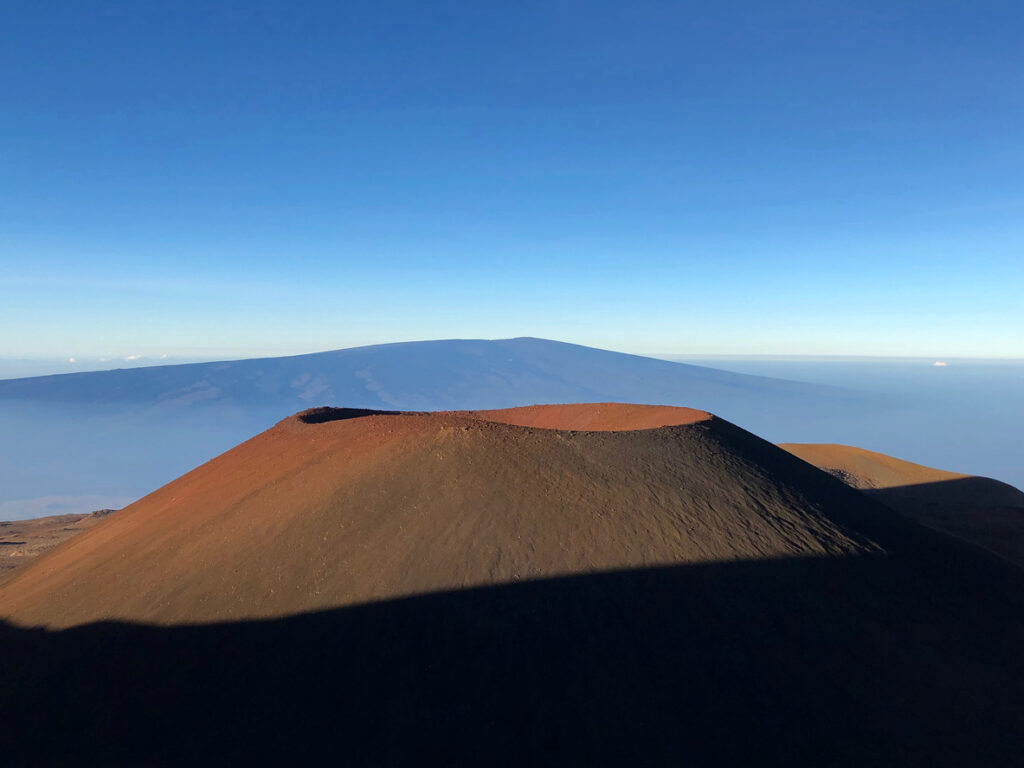
In fact, some of the harshest, weirdest, and most remote places here at home are used by scientists to study what life might look like out there. From Mars-like deserts to deep-sea vents that mimic Europa, here are some places right here on our planet that help researchers simulate alien worlds.
1. Atacama Desert, Chile – A Stand-In for Mars
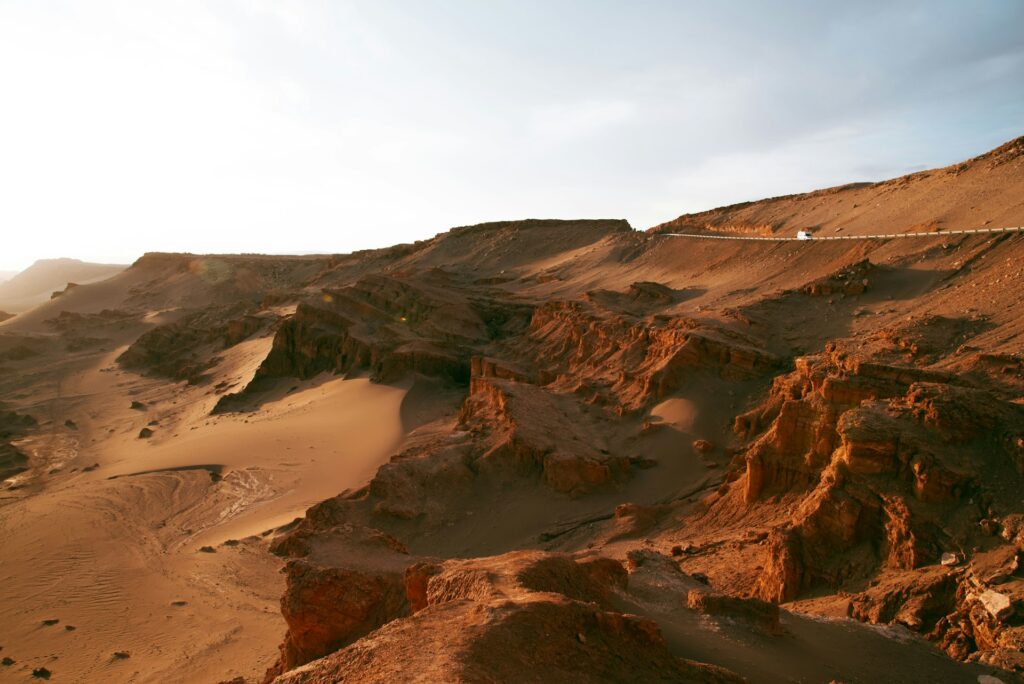
The Atacama is one of the driest places on Earth. Parts of it haven’t seen rain for decades, and its hyper-arid soils are almost completely lifeless—making it a perfect test bed for Mars rovers and experiments on extremophile microbes. NASA has long used this region to test robotics, sensor systems, and sample analysis tools designed for use on the Red Planet.
But it’s not just the dryness. The soil’s chemical composition closely resembles Martian regolith, and the intense UV radiation mirrors what you’d get on a planet without a thick atmosphere. If we ever find microbial life on Mars, chances are the groundwork to understand it started right here in Chile’s bleak, beautiful expanse.
2. Antarctica’s Dry Valleys – Earth’s Closest Martian Twin
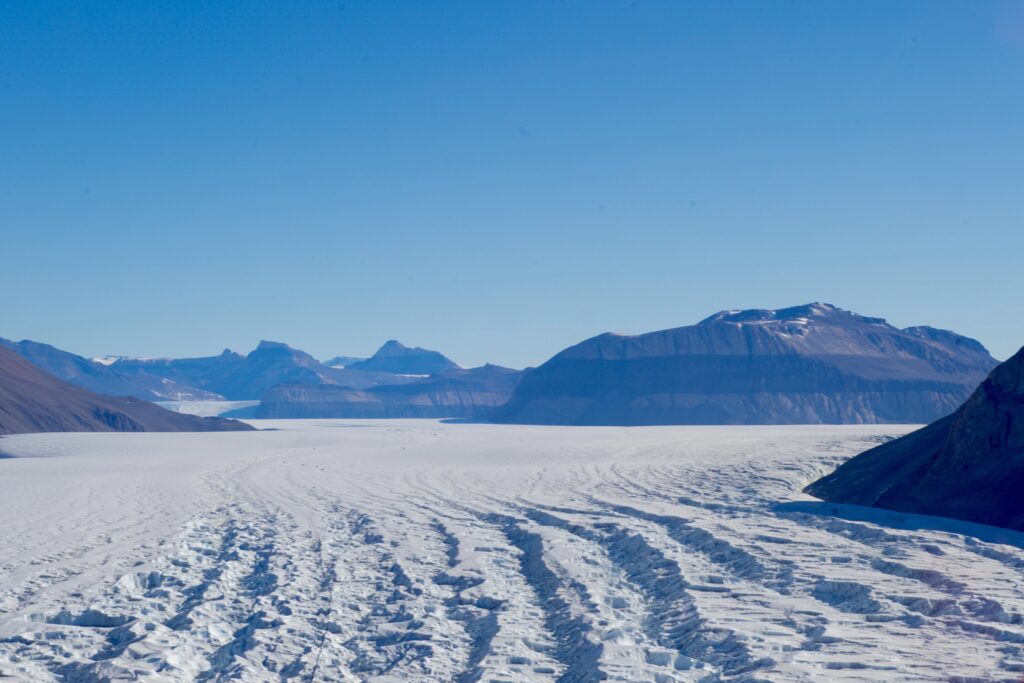
While most of Antarctica is ice-covered, the McMurdo Dry Valleys remain frozen, rocky, and surprisingly snow-free. With almost no precipitation and temperatures that rarely rise above freezing, these valleys offer a chilling analog for Mars’ cold desert landscapes. Microbial life found here survives in permafrost or beneath rocks—just the kind of resilience we might expect from Martian organisms.
Researchers from NASA and ESA regularly run fieldwork here, studying how life clings to extreme cold and dryness. The Dry Valleys also help scientists fine-tune instruments for detecting biosignatures, just in case we find evidence of life in the dusty soils of other planets.
3. Iceland – Volcanic Terrain Like the Moon and Mars
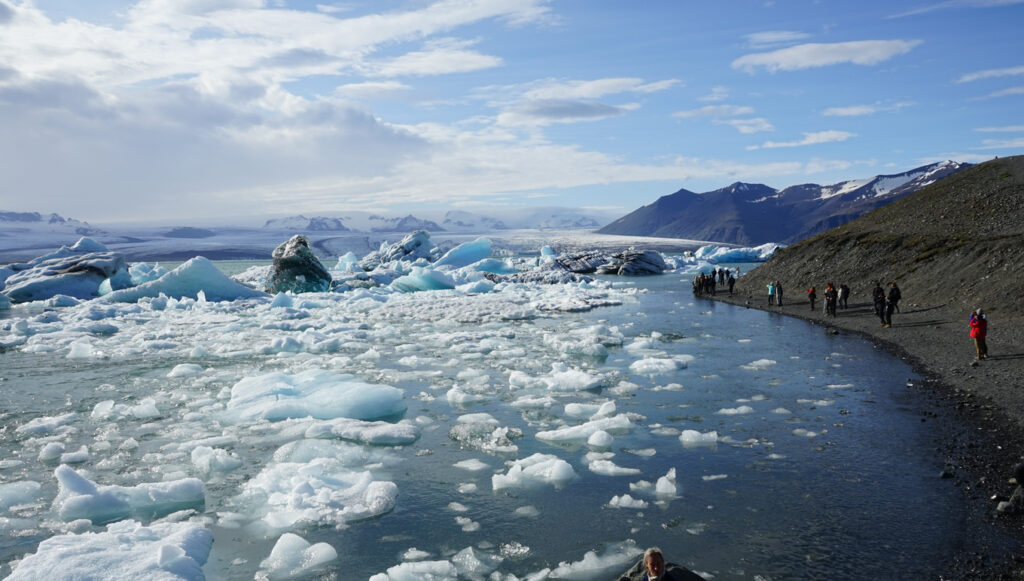
Iceland’s volcanic fields, craters, and lava tubes look like the aftermath of a cosmic impact. The country’s wild, blackened landscapes are used for astronaut training, Mars mission simulations, and testing technologies for future lunar habitats. It’s one of the few places on Earth where you can walk across a landscape that looks and feels truly otherworldly.
In fact, NASA astronauts trained here during the Apollo era, learning how to navigate and sample geological features similar to those they’d encounter on the Moon. Today, researchers still return to Iceland’s lava plains and glacial environments to refine tools for remote science and rover mobility.
4. Hawaii’s Mauna Loa – Mars Missions in a Volcano
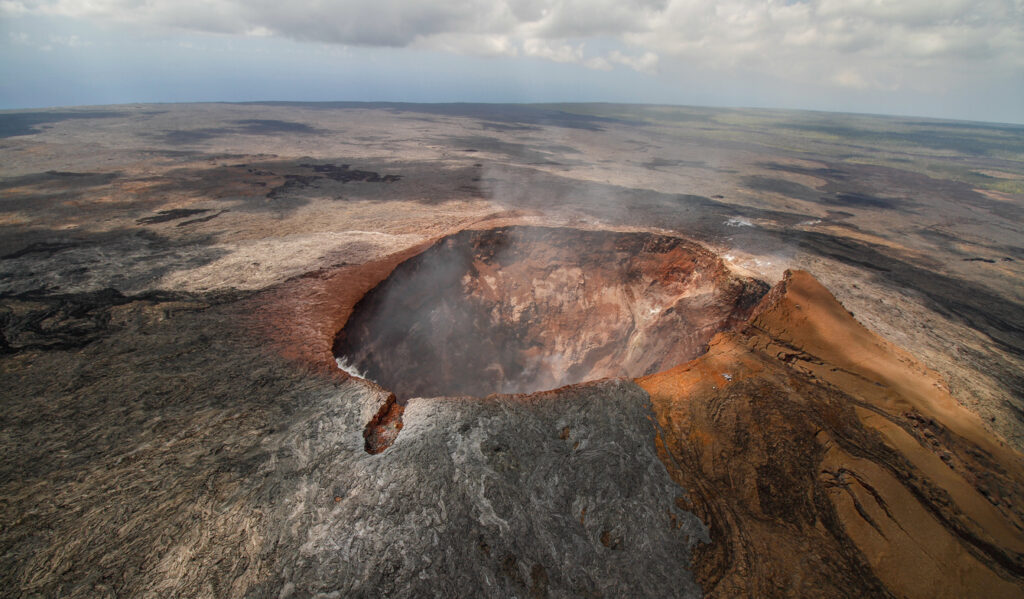
On the slopes of Mauna Loa volcano, researchers run long-duration Mars simulations through projects like HI-SEAS (Hawaii Space Exploration Analog and Simulation). Crews live in isolation for months inside a dome, with strict communication delays and limited resources, mimicking what life might be like on Mars or the Moon.
The surrounding lava rock provides a rugged, reddish terrain eerily similar to the Martian surface. The challenge here isn’t just geology—it’s psychology. These missions study human behaviour, teamwork, and how people cope with confinement, all vital to the success of long-term space missions.
5. Haughton Crater, Canada – Training Ground for Lunar Exploration
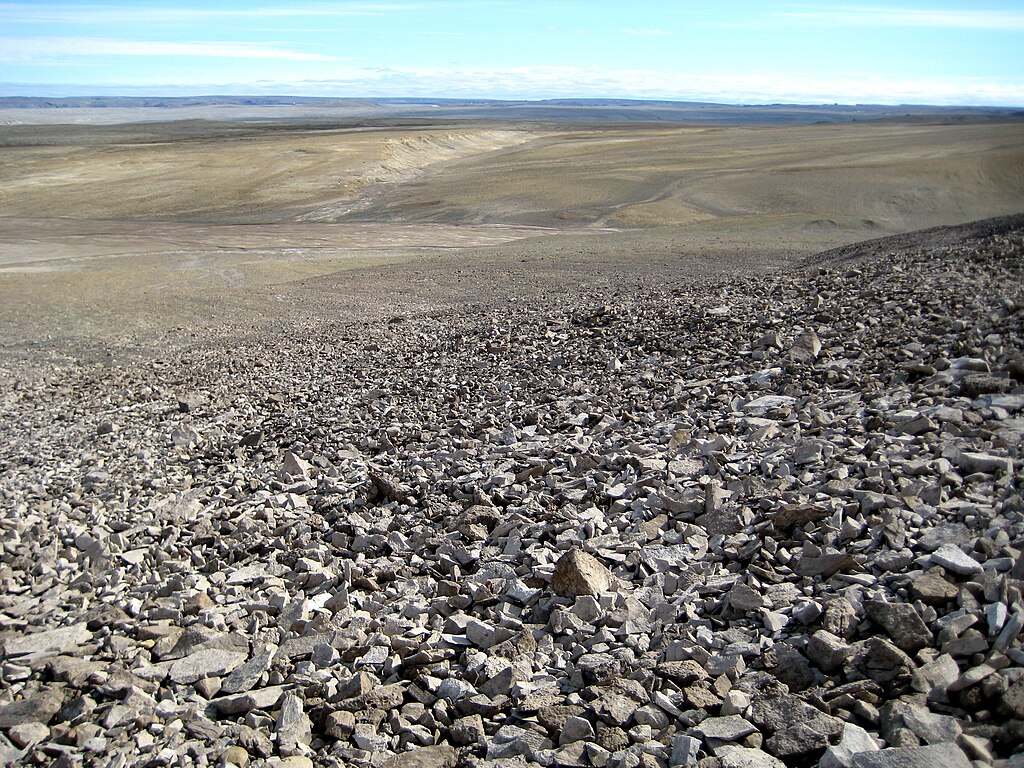
Located on Devon Island in the Canadian Arctic, Haughton Crater is one of the largest impact craters on Earth and one of the most Mars-like environments available. The landscape is barren, cold, and remote—making it ideal for rover testing, habitat studies, and geological field simulations.
Researchers studying Haughton’s terrain learn how to operate in isolation with minimal resources—just as future astronauts would need to do on the Moon or Mars. Its impact-related geology offers a valuable window into how craters age and erode on other worlds, especially ones without Earth’s weathering forces.
6. The Danakil Depression, Ethiopia – Like a Hellish Alien Planet

The Danakil Depression is one of the hottest, most geologically active, and chemically extreme places on the planet. With acidic pools, toxic gases, and boiling springs, it’s a bubbling cauldron of extremophilic life. Scientists study the microbes that survive here to understand how life might exist in similar hostile conditions—like on Venus or on the icy moons of Jupiter and Saturn, where liquid brines may exist beneath the surface.
What makes Danakil so valuable is that its vibrant, alien-like colours come from minerals rarely found on Earth’s surface, creating a kind of visual and chemical parallel to planetary environments we’ve only seen through satellite images. It’s a reminder that “inhospitable” doesn’t always mean uninhabited.
7. Hydrothermal Vents, Pacific Ocean – Models for Europa and Enceladus
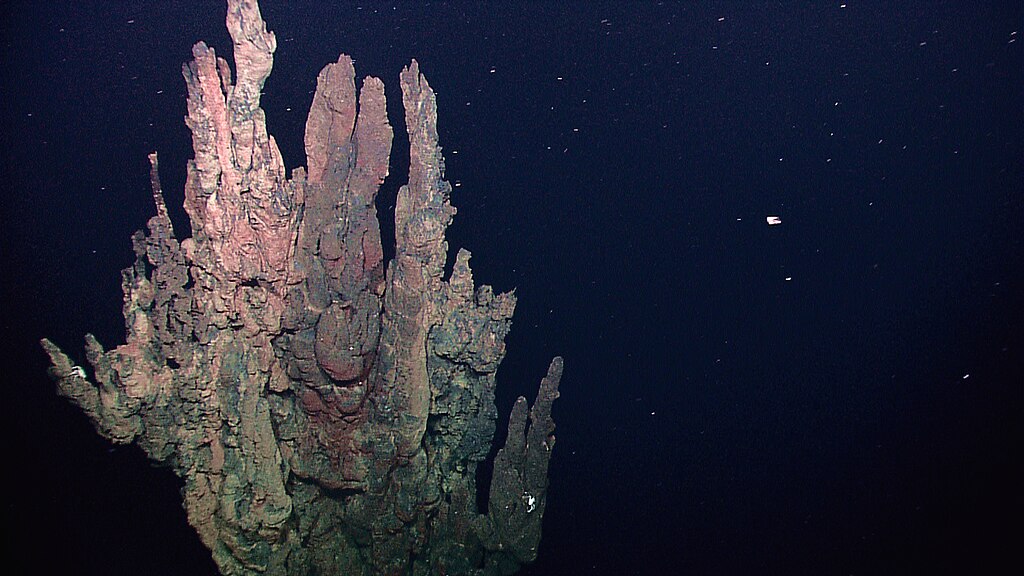
Deep beneath the ocean, hydrothermal vents release scalding water rich in minerals and chemicals—far beyond the reach of sunlight. Yet entire ecosystems thrive there, supported not by photosynthesis, but by chemosynthesis. Scientists believe similar vents could exist beneath the ice crusts of moons like Europa and Enceladus, where liquid oceans may hide alien life.
Studying Earth’s hydrothermal communities helps astrobiologists understand what signs of life to look for in these distant oceans. The lifeforms here—tubeworms, extremophile bacteria, and vent crabs—remind us that even in total darkness, life can find a foothold if the chemistry is right.
8. The Black Desert, Egypt – A Mars-Like Sandbox
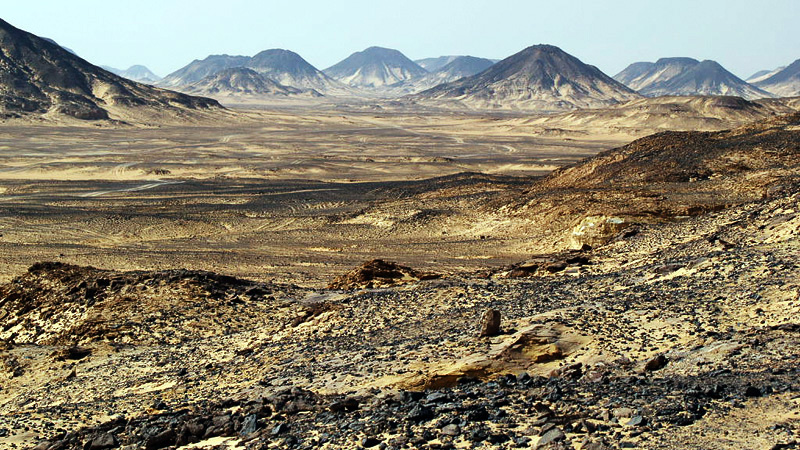
This volcanic region of Egypt features dark basalt boulders scattered across a dusty red desert—a stunning visual match for the Martian surface. With minimal rainfall and extreme daily temperature swings, it offers a dry, quiet lab for field testing Mars rovers and drilling equipment.
Robotics teams have used this landscape to practice remote-control navigation and test instruments for sampling soil in harsh, abrasive environments. The simplicity and silence of the Black Desert helps refine how future explorers might gather data and hunt for signs of past or present life on Mars.
9. Rio Tinto, Spain – A River of Acid and Iron
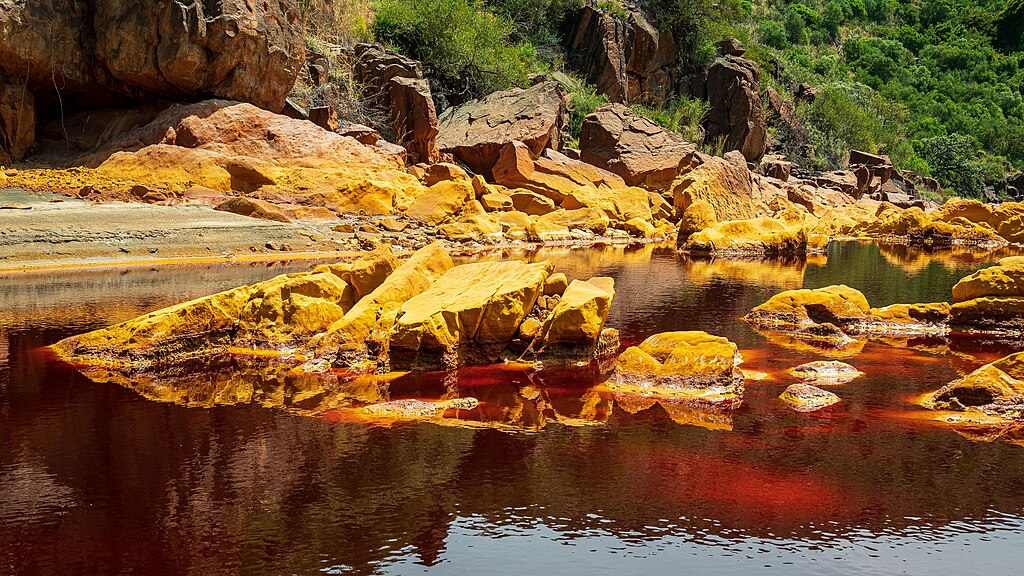
The Rio Tinto (or “Red River”) flows through southern Spain with blood-coloured water, thanks to high concentrations of iron and sulfuric acid. Despite its extreme chemistry, life persists—mainly in the form of acid-loving microbes. NASA and ESA have studied this river for years as a terrestrial analogue for Martian conditions.
Its unusual chemistry mimics some of the mineral-rich, acidic environments detected by rovers on Mars. By studying how microbes live in this water, researchers get a clearer idea of how alien life might persist in similarly acidic subsurface lakes on other planets or moons.
10. Mojave Desert, USA – Space Suit Testing and Rover Trials
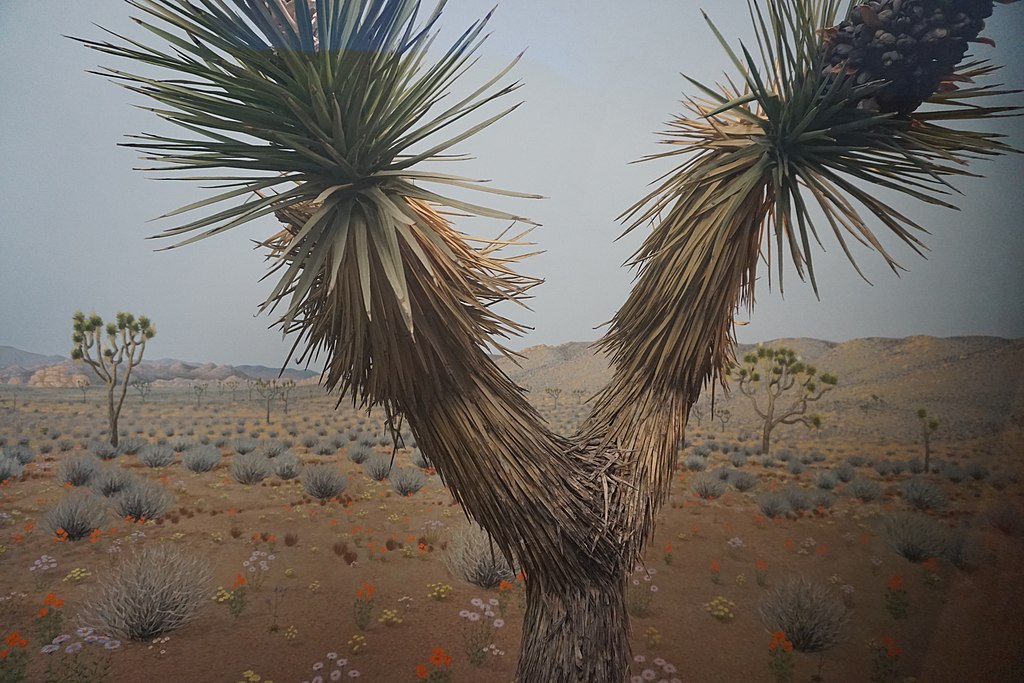
The Mojave might seem less exotic than lava fields or alien craters, but it’s been essential for practical space research. Its dry, dusty terrain, temperature extremes, and vast open spaces make it perfect for testing next-gen spacesuits, solar tech, and off-road rover systems in real-world conditions.
Engineers and astronauts use Mojave’s predictable harshness to refine how gear functions in unrelenting heat, dust storms, and isolation. It’s one of the most accessible analog environments for simulating day-to-day challenges of off-world exploration, including how gear and people hold up to stress over time.